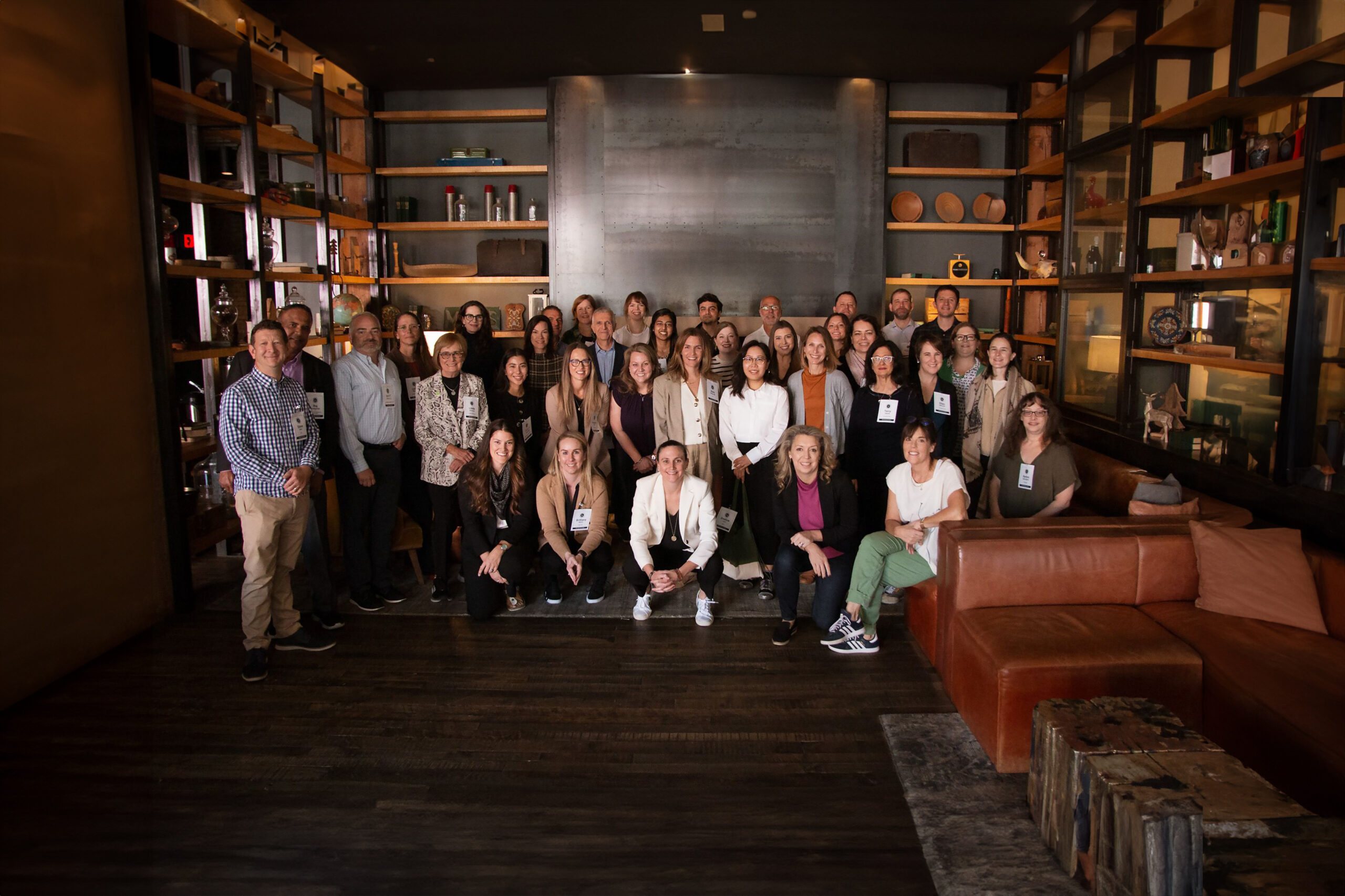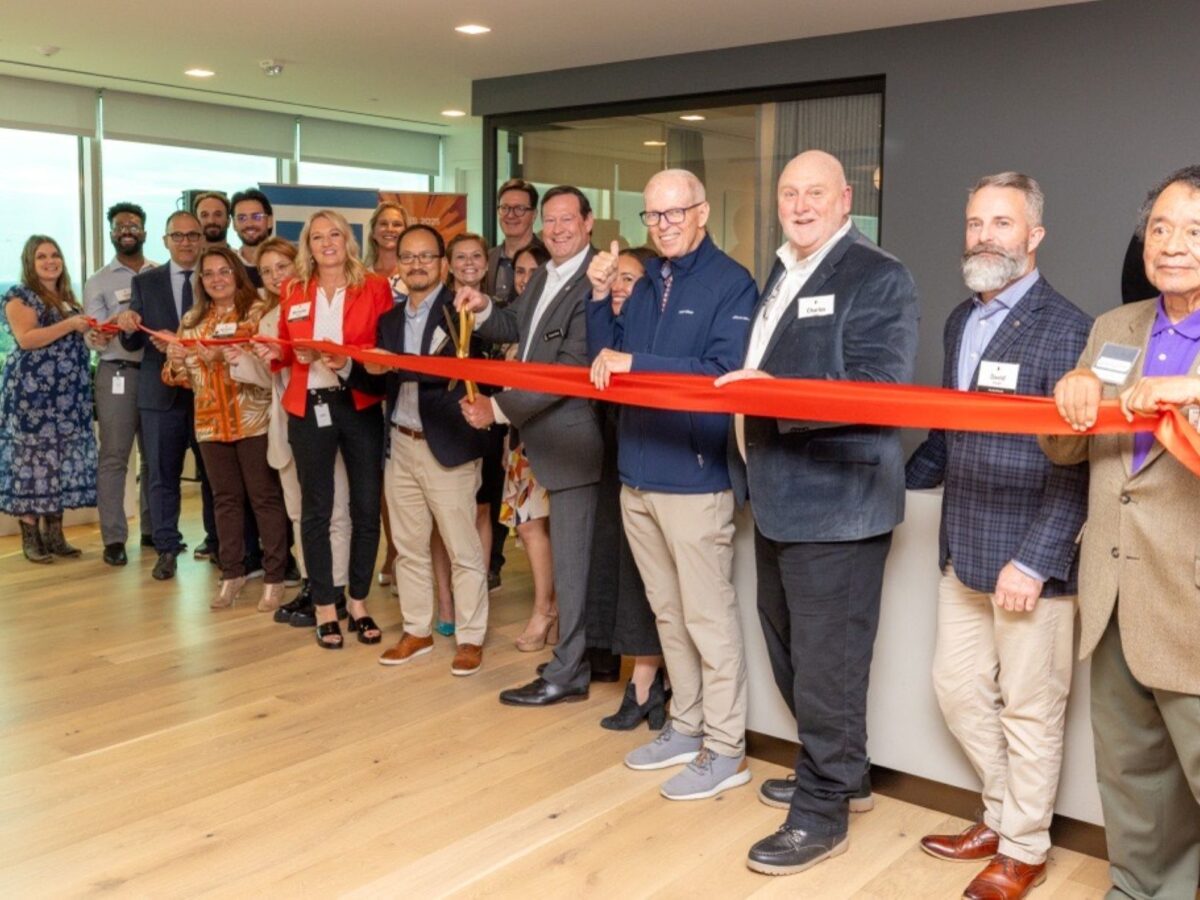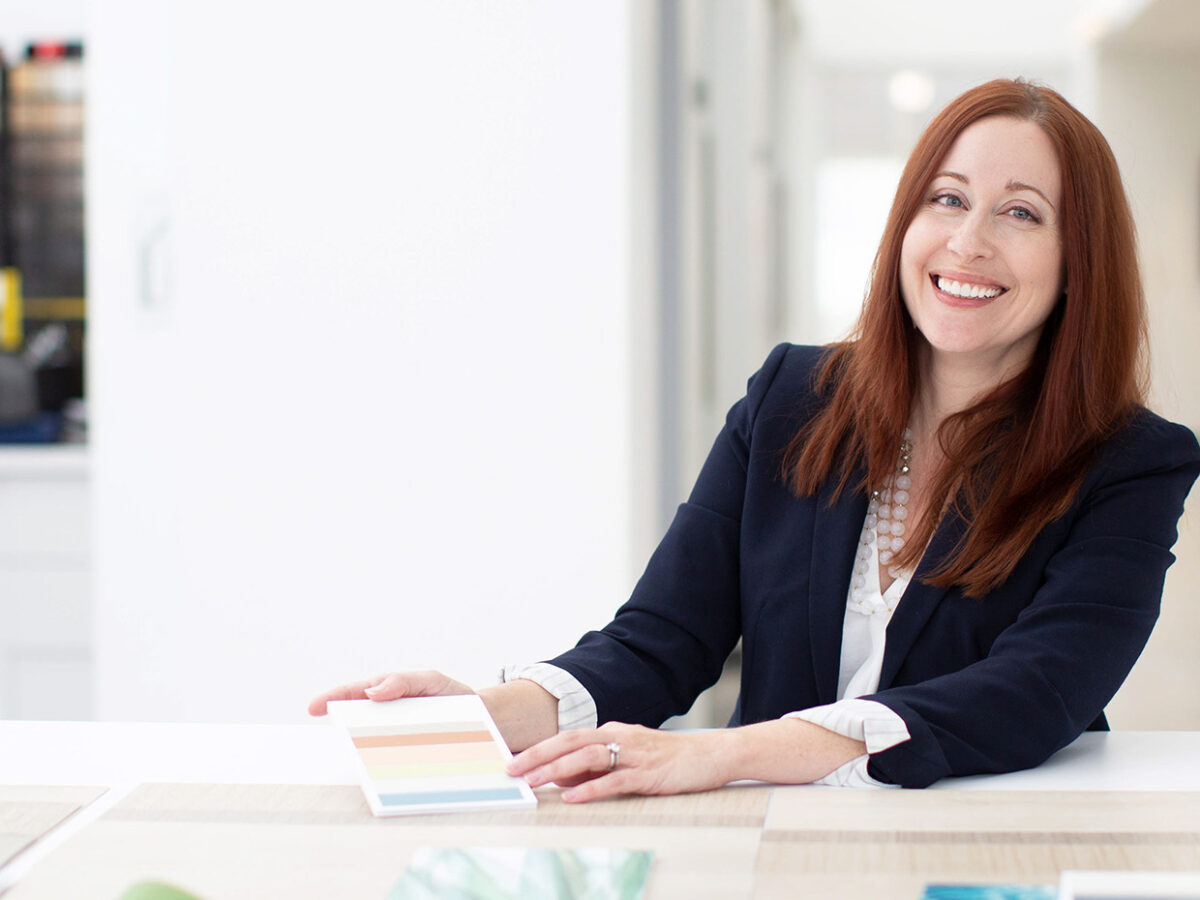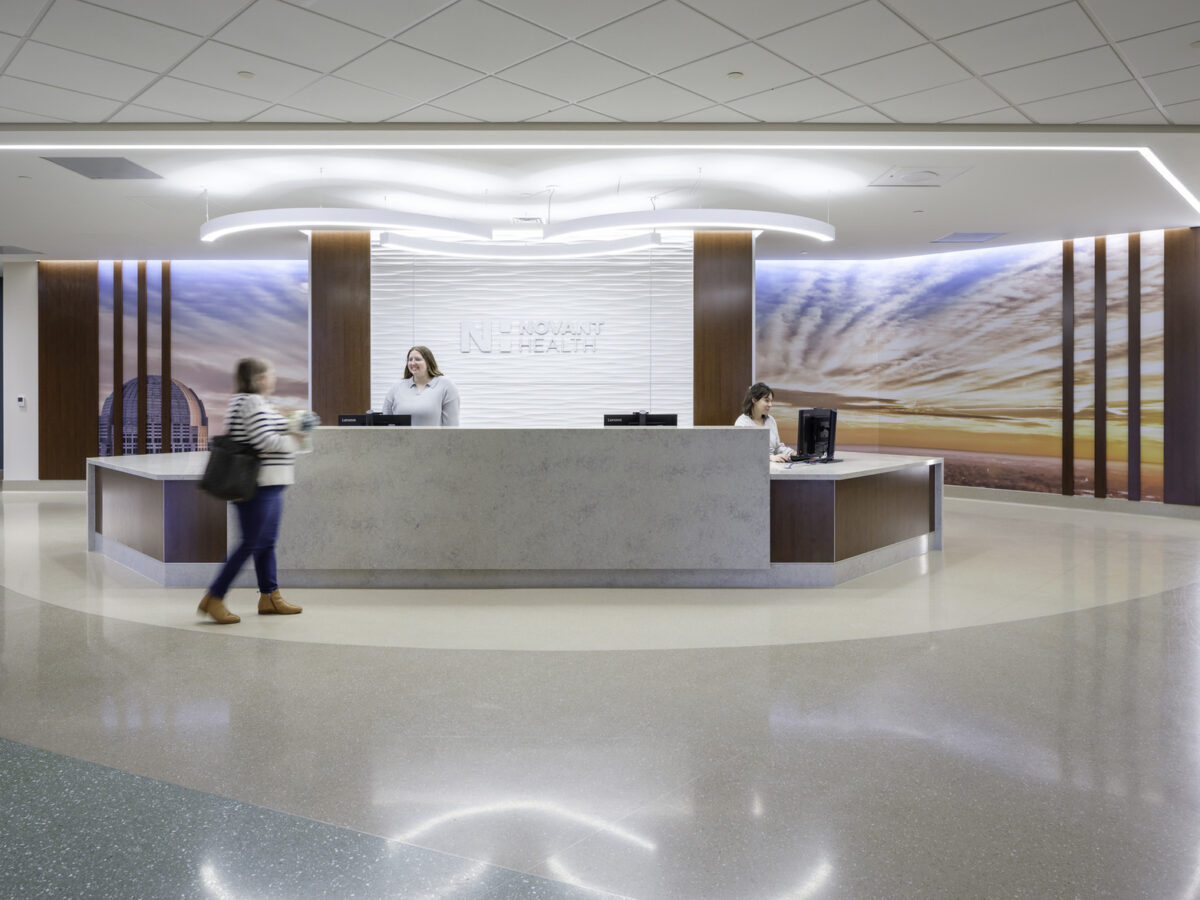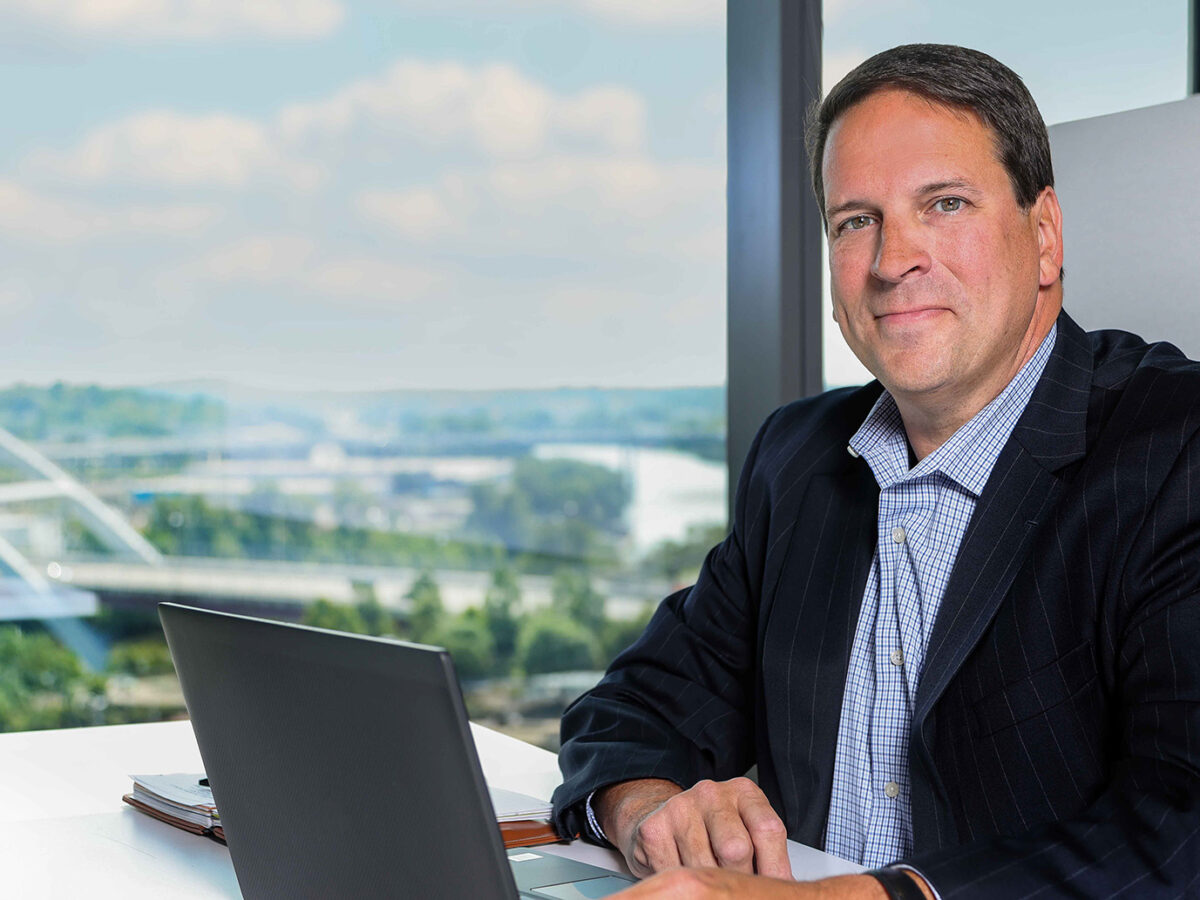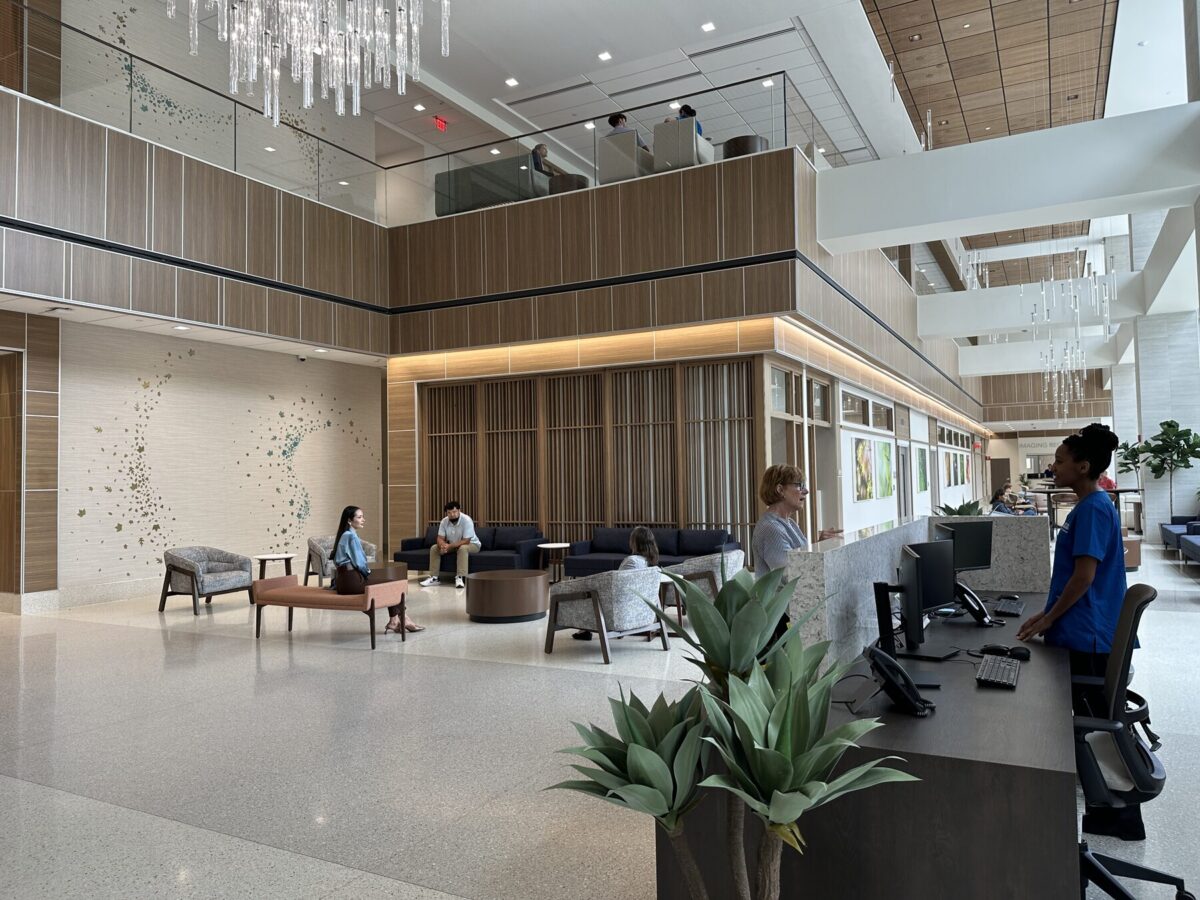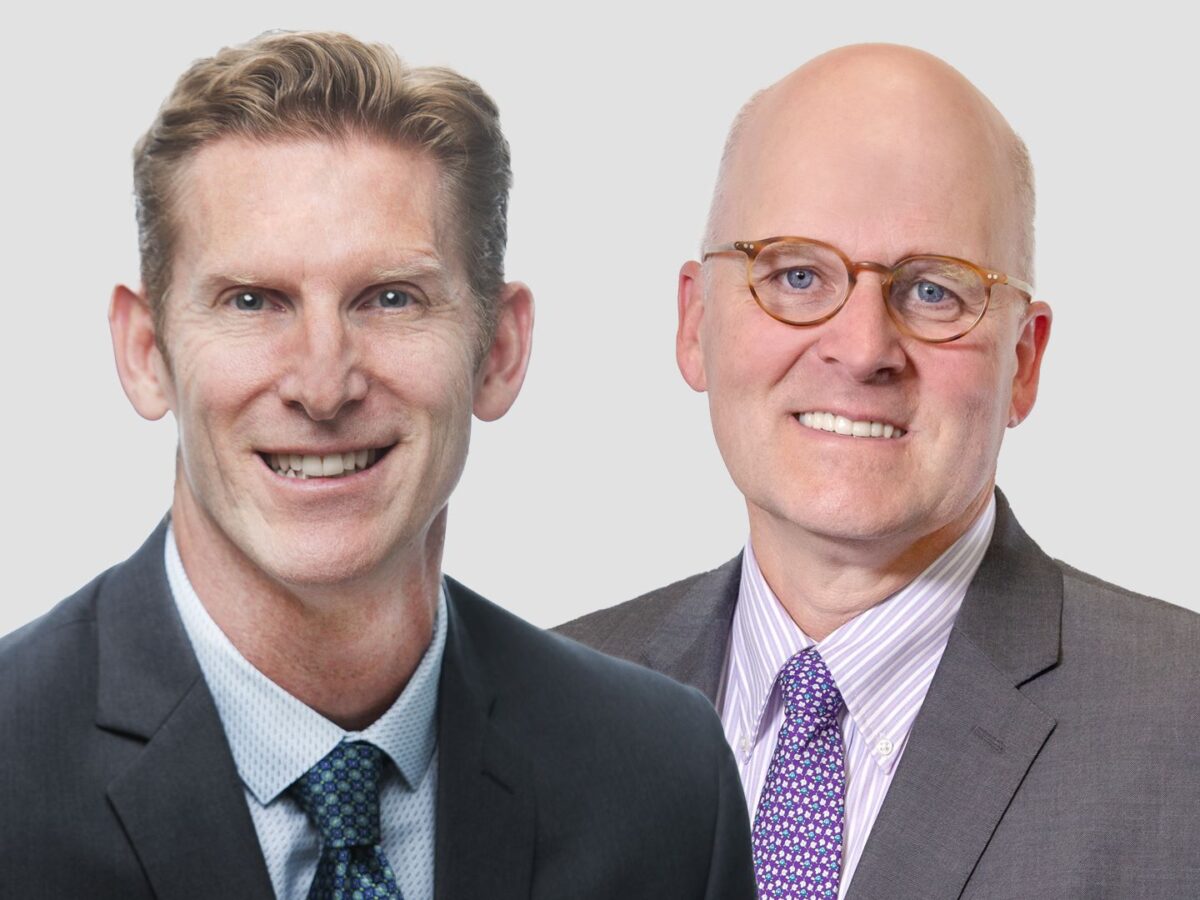The architecture, engineering, and construction (AEC) industry is evolving, driven by a growing focus on environmental, social and governance (ESG) goals. As organizations across sectors prioritize integrated sustainability, efficiency, equity, and accountability, the importance of selecting materials that promote both human and environmental health has come to the forefront. Referred to as “mindful MATERIALS,” these selections consider factors like sourcing, production, and potential toxicity, prioritizing sustainability goals, and ensuring projects align with broader ESG commitments while reducing environmental impact.
Recently, we spoke with Michele McMinn, a studio design leader in Gresham Smith’s Life and Work Places market, about the evolution of mindful MATERIALS. In this Q&A, she shares insights from the 2024 mindful MATERIALS Forum Summit in Minneapolis, Minnesota, and discusses the industry’s future as it advances the adoption of healthier materials.
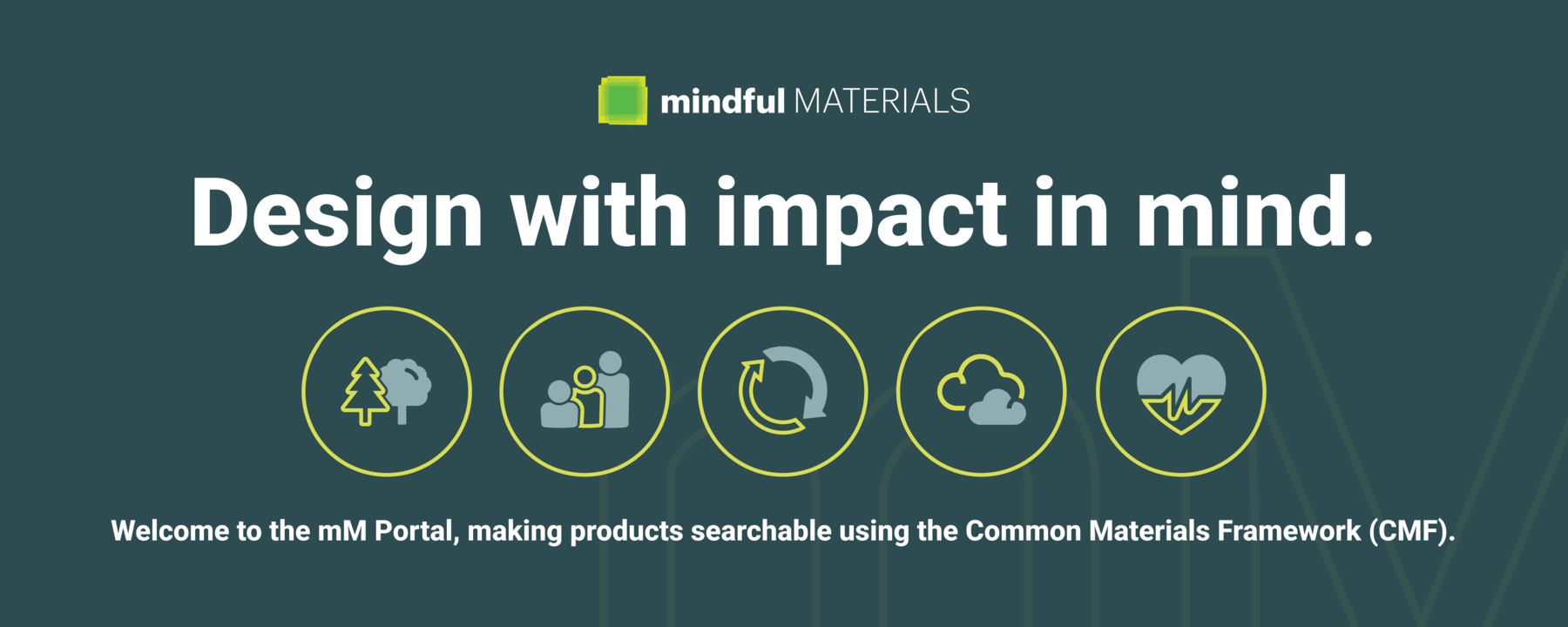
How has the mindful MATERIALS nonprofit movement evolved since you integrated the system into our library?
Michele McMinn: mindful MATERIALS began as a simple labeling system to help designers identify and select more sustainable options. As sustainability efforts have advanced, so has this nonprofit movement. Today, it has grown from a basic database into a platform emphasizing product sustainability as a key consideration in every project.
The movement now acts as a convening force, bringing together cross-functional industry leaders to consolidate and share knowledge about healthy materials. It also unifies the messages sent to the market by various industry pledge groups and works to scale the adoption of sustainable materials. By helping to establish a common language, mindful MATERIALS enables more effective and accurate decision-making in selecting healthier materials.
For example, the Common Materials Framework (CMF)—a certification-agnostic mindful MATERIALS resource that supports industry standards—creates a consistent language around product sustainability to reduce inconsistencies across projects. This alignment helps streamline the specification process, making it easier for everyone in the industry to work toward a common goal.
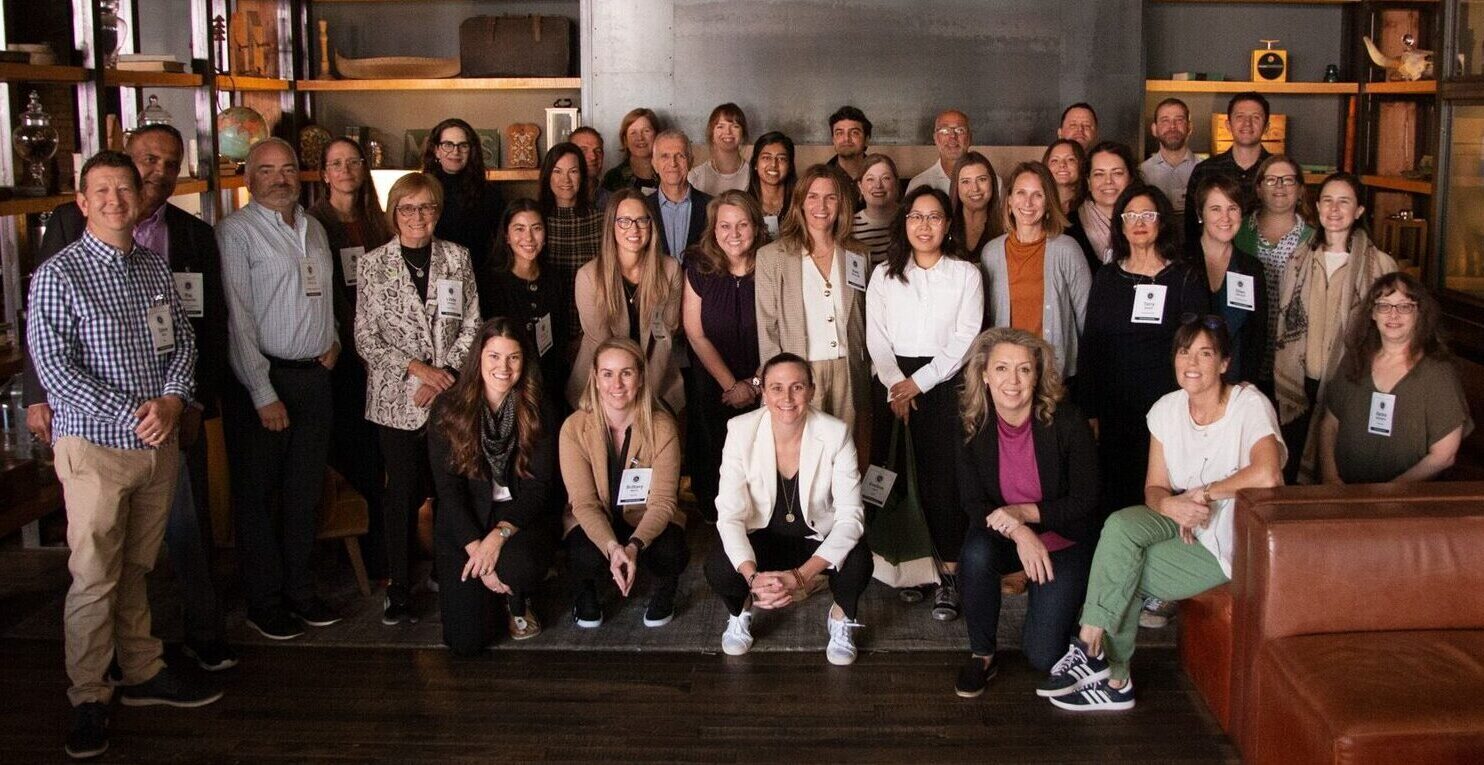
Tell us about the 2024 mindful MATERIALS Forum Summit and why it was important for Gresham Smith to participate.
Michele: The Forum Summit was an incredible experience that united diverse stakeholders—from designers and manufacturers to policymakers and sustainability advocates. These forums play a critical role in fostering open dialogue about sustainable materials, encouraging participants to share best practices, tools, and resources that support mindful decision-making in product selection for design and construction.
The discussions extend beyond individual projects, focusing instead on aligning the building industry’s supply chain around shared sustainability goals. This collective approach sends a powerful message to the market, driving higher industry standards. So, it’s not just talk—we’re creating actionable tools and data that make sustainable choices more accessible for everyone.
For Gresham Smith, being a part of the summit was crucial—not only because incorporating healthier materials into the built environment is integral to the firm’s ESG goals, but also because it provided an opportunity to collaborate with industry leaders, shape the conversation, and help set the agenda. Participating also gave us early access to emerging tools and resources, some still in development, allowing us to anticipate industry trends and remain at the forefront of innovation.
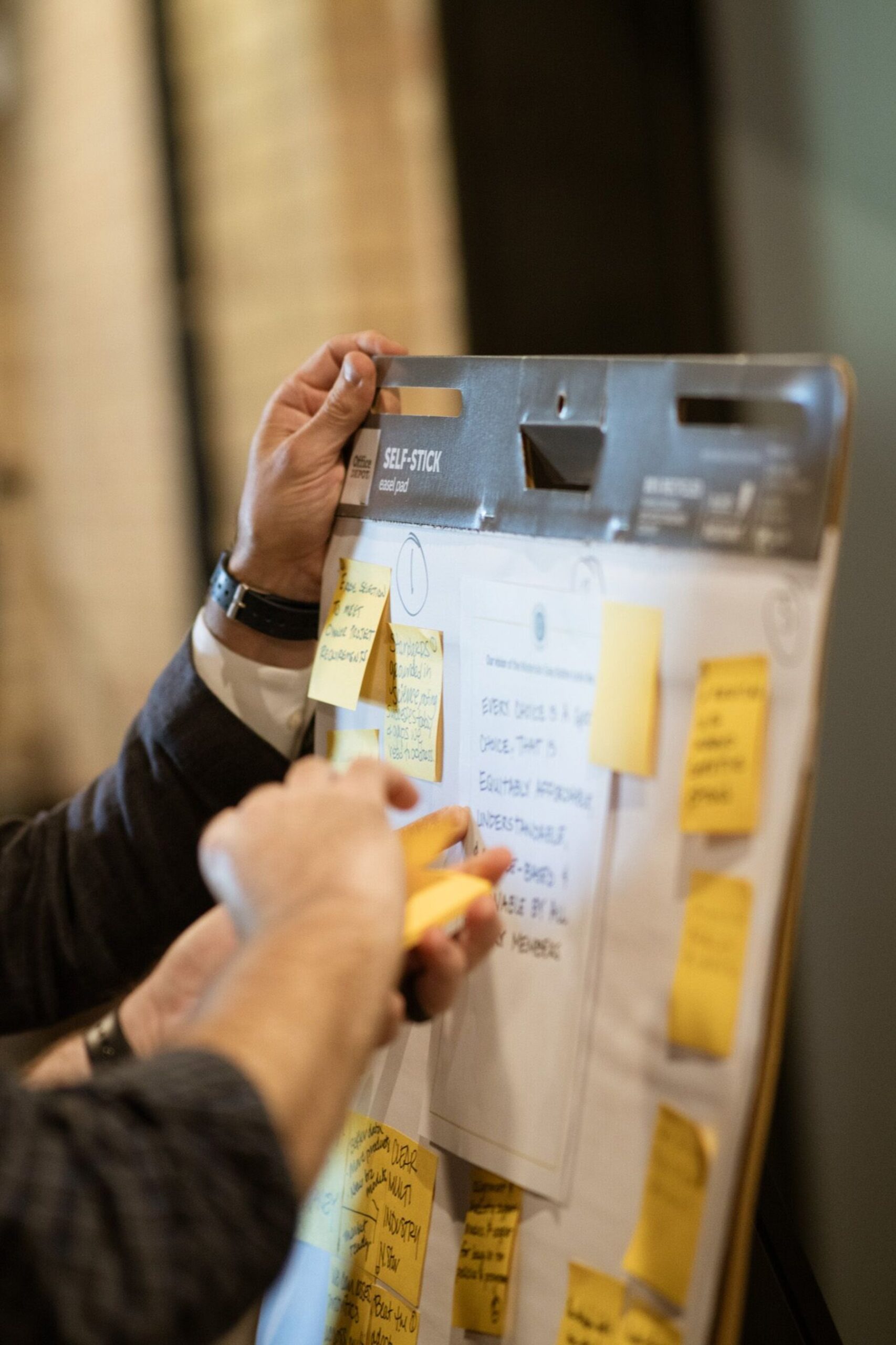
What topics were covered at the forum?
Michele: We covered a wide range of topics during the two-day summit. Key themes included the importance of transparency, the need for standardized data, and the role of collaboration in advancing environmental and human health.
Day one set the stage by examining the current state of the building materials industry and identifying obstacles and areas for improvement. Breakout sessions delved into topics such as data-driven decision-making and radical collaboration, which fostered deeper conversations around how to simplify and scale sustainable practices.
On day two, the focus shifted to the future, exploring the importance of policy, supply chain alignment, and technology (like AI and automation), and how these elements can streamline workflows and make sustainability more accessible. Throughout the summit, the emphasis remained on building resources, partnerships, and a shared vision that supports actionable change and long-term progress for the industry as a whole.
“These forums play a critical role in fostering open dialogue about sustainable materials, encouraging participants to share best practices, tools, and resources that support mindful decision-making in product selection for design and construction.”
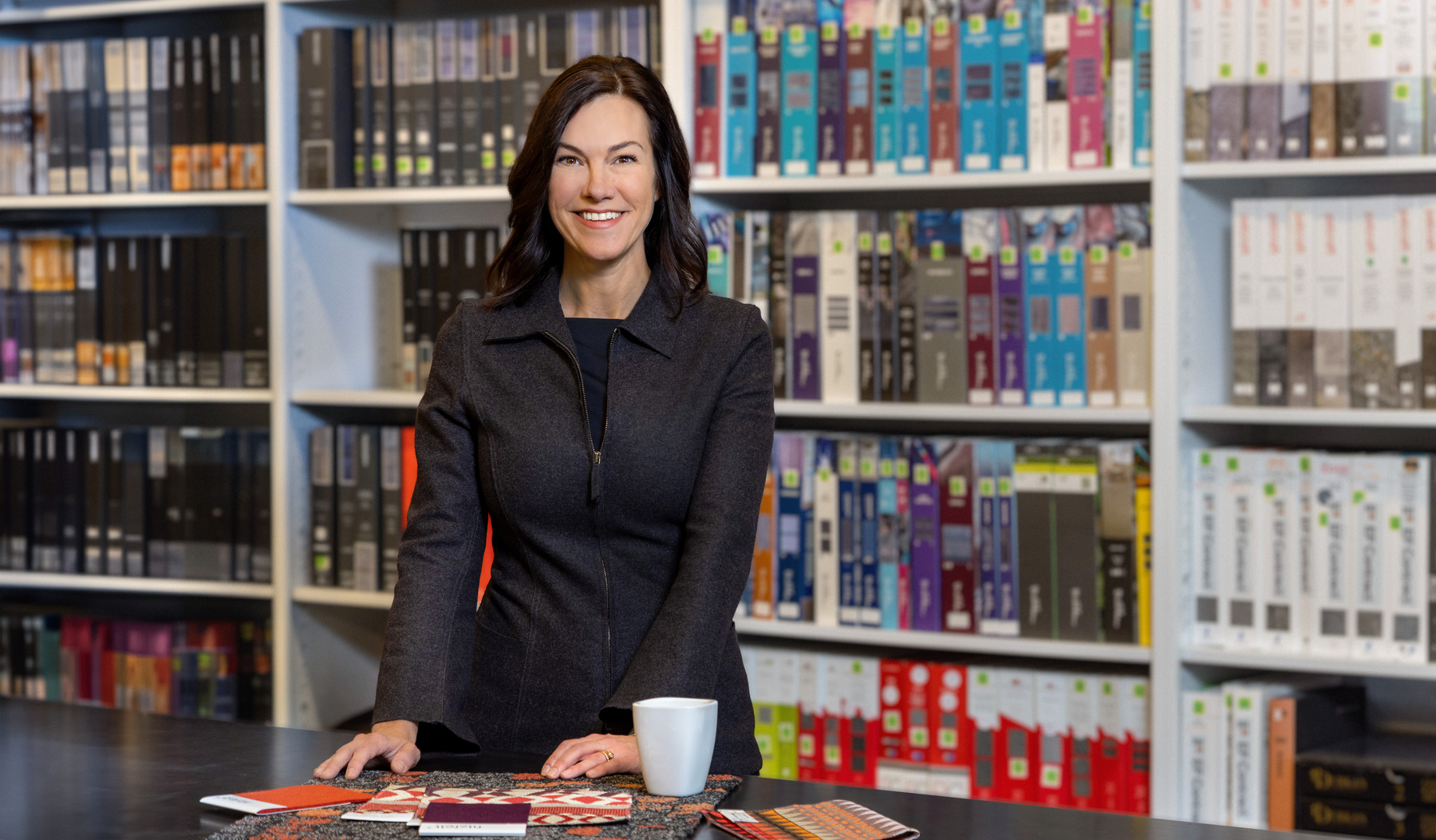
What sparked your sustainability journey, and why is it such a personal priority?
Michele: My sustainability journey began early in my career. Anyone who knows me understands that I’m deeply passionate about everything I pursue—whether it’s my family, design, or making impactful choices. Reflecting on why sustainability is such a personal priority—sometimes, a passion is so woven into who you are that it’s hard to pinpoint the why. For me, sustainability in building design is a basic responsibility of any designer or contributor to the built environment since we create spaces that our families live in, learn in, work in, and even heal in. It’s essentially the golden rule for design.
As designers, architects, engineers, and builders, we have a responsibility to prioritize health, safety, and well-being. We also have an opportunity to educate our clients, empowering them to make informed choices that contribute to a healthier future for everyone. It’s inspiring to see nonprofit movements like mindful MATERIALS catalyze industrywide change. It reinforces that we’re making a tangible difference, one product specification at a time, and reassures me that our collective efforts do add up.
Sustainability, to me, is about leaving the world better than we found it. This is not just a professional obligation—it’s deeply personal, especially as a parent. I believe we have a responsibility to future generations to take action today. And I am an action-biased person—when I believe in something, I want to see evidence of improvement or change. That mindset drives me to seek solutions that create meaningful and measurable progress in our industry and in the world around us.
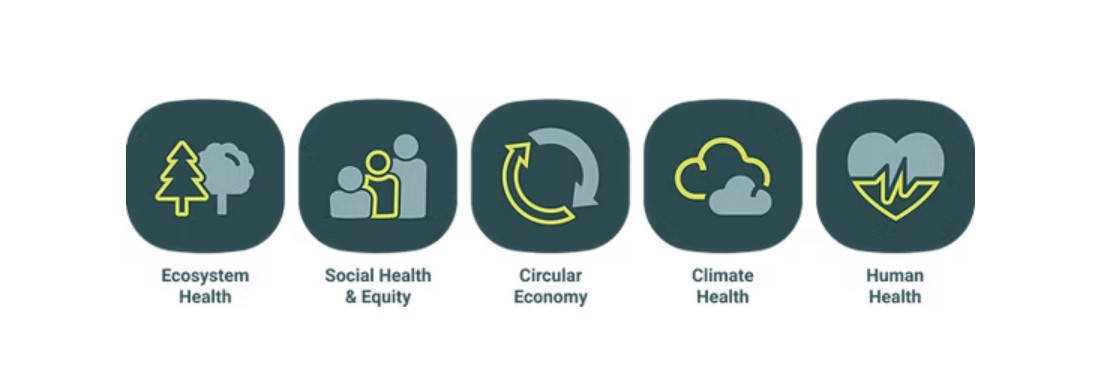
Why is using healthier materials in buildings so important?
Michele: Because it’s not enough to focus solely on climate health—we must also prioritize human health by avoiding materials that contain harmful substances. For example, PFAS [per- and poly-fluoroalkyl substances], commonly found in water-resistant materials, are linked to health risks and have been detected in remote environments like glaciers, highlighting how pervasive these chemicals are.
Materials are omnipresent in the built environment—from building interiors and homes to the everyday products we use. Consequently, we’re spending more time than not interacting with the unseen and often unknown composition of these materials. By intentionally specifying healthier materials, we’re reducing or often eliminating harmful chemicals, allergens, and pollutants, which not only contributes to safer, more sustainable and future-ready buildings, but also promotes the health and well-being of building occupants.
“It’s inspiring to see nonprofit movements like mindful MATERIALS catalyze industrywide change. It reinforces that we’re making a tangible difference, one product specification at a time, and reassures me that our collective efforts do add up.”

What’s next for mindful MATERIALS, and how can the AEC industry continue to support this nonprofit movement?
Michele: There’s a lot of promising work ahead. One priority is involving more industry stakeholders, especially manufacturers and policymakers, in the Common Materials Framework. Another focus area is connected data. Currently, a large amount of sustainability data is scattered across various systems and certifications, making it challenging to track and verify material properties and impacts.
By centralizing this information, we can streamline the decision-making process and ensure more consistent reporting. A unified data approach would make tracking material properties, chemical compositions, and recyclability easier, which is invaluable for achieving third-party certifications or meeting client requirements.
